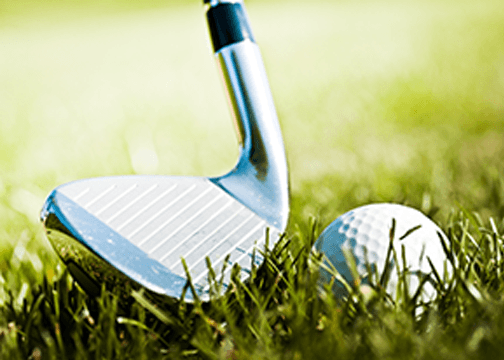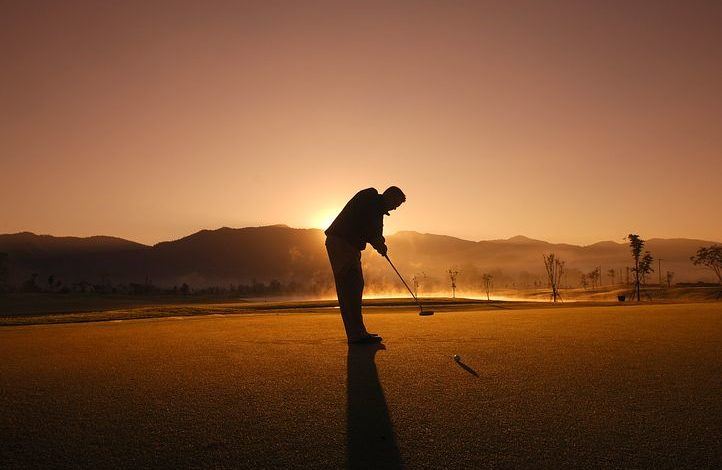Popular Golf Terms – Basics
Explanation of Popular Golf Terms There are numerous golf terms that are used in almost every game that is played, yet often it is virtually impossible for someone who is new to golf or just does not understand golf to understand the terminology. Some of the most popular terms are listed below to ensure that



